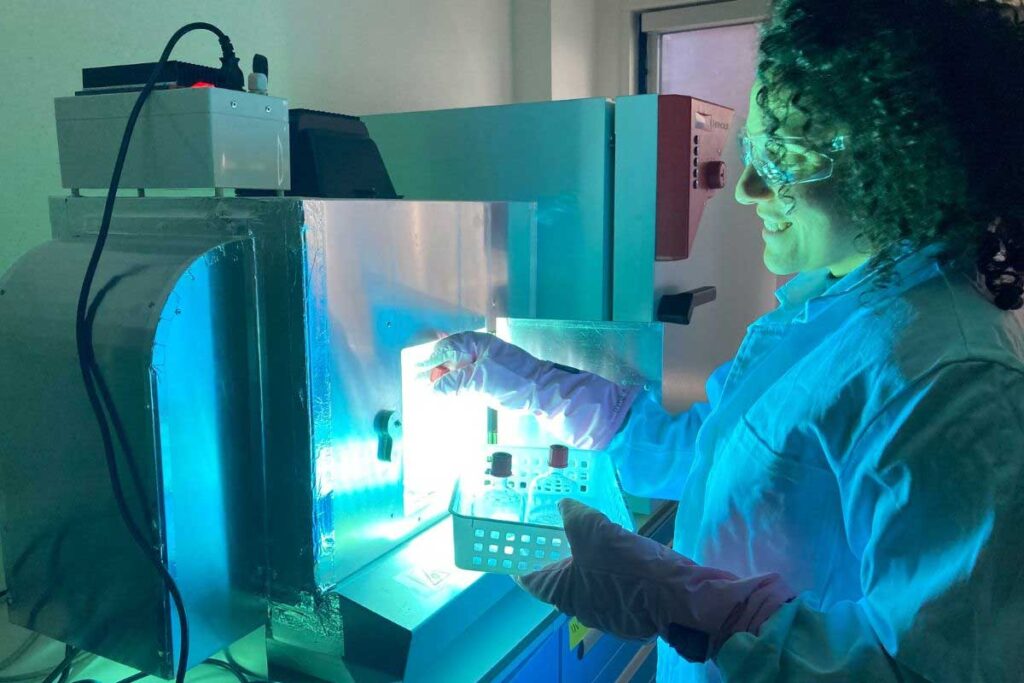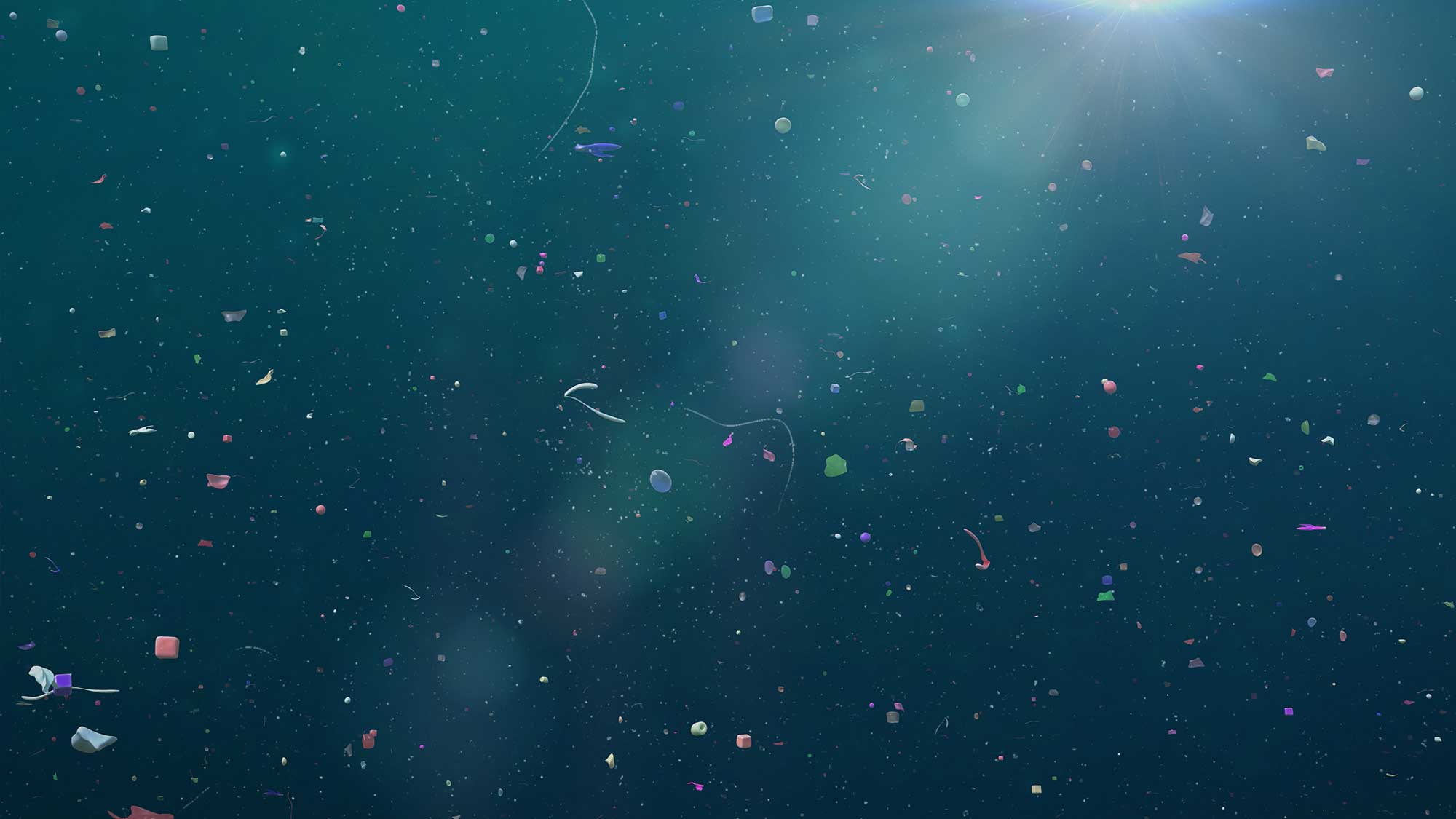
Degradation by UV light may explain why about two per cent of visible floating plastic disappears from the ocean surface every year, as PhD student Annalisa Delre and colleagues calculated. It seems modest, but adds up year after year. “Our data show that sunlight could thus have broken down more than a fifth of all the floating plastic that has entered the oceans since the 1950s,” Delre said.
That seems like good news, says NIOZ researcher Helge Niemann, also associate professor of microbial and isotopic biogeochemistry at Utrecht University’s Department of Earth Sciences and one of the supervisors of PhD student Delre. “In part, the plastic breaks down into substances that can be completely broken down by bacteria. But for another part, the plastic remains in the water as invisible nanoparticles.” It therefore remains necessary to stop to stop plastic littering in the water altogether.
The findings were published in Marine Polution Bulletin. Read more on the NIOZ website.
Image: Dotted Yeti/Shutterstock



